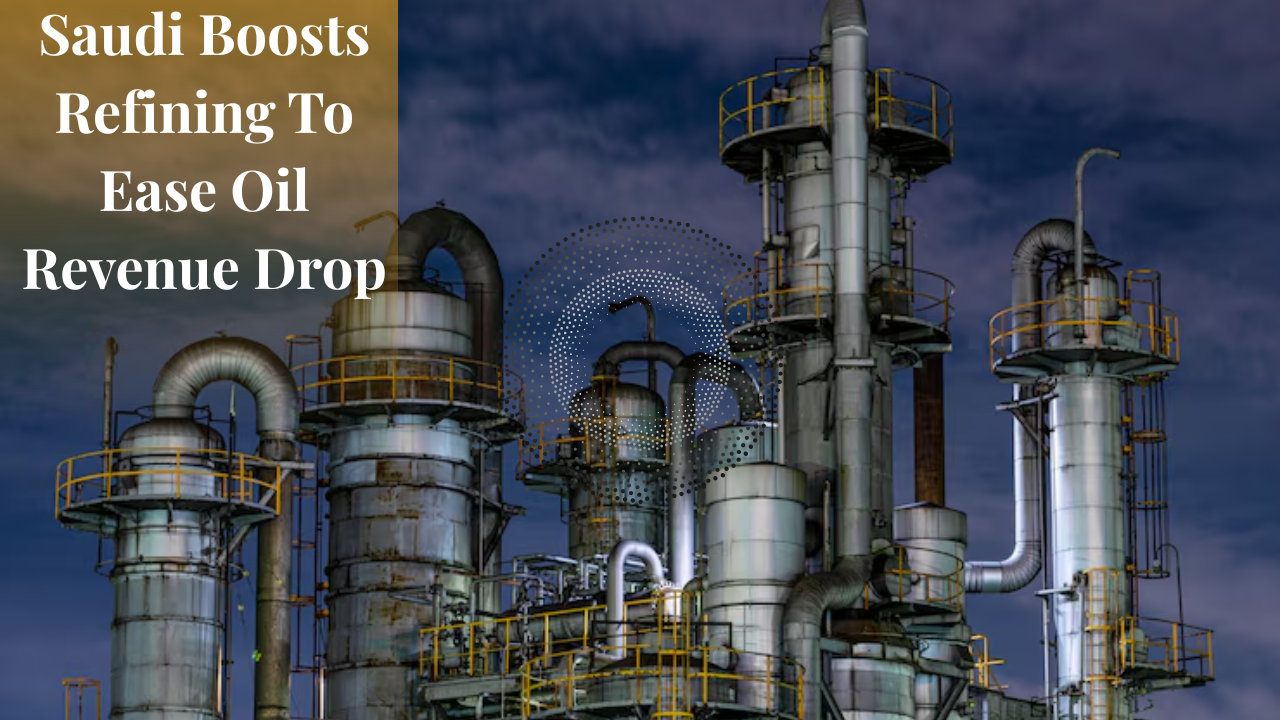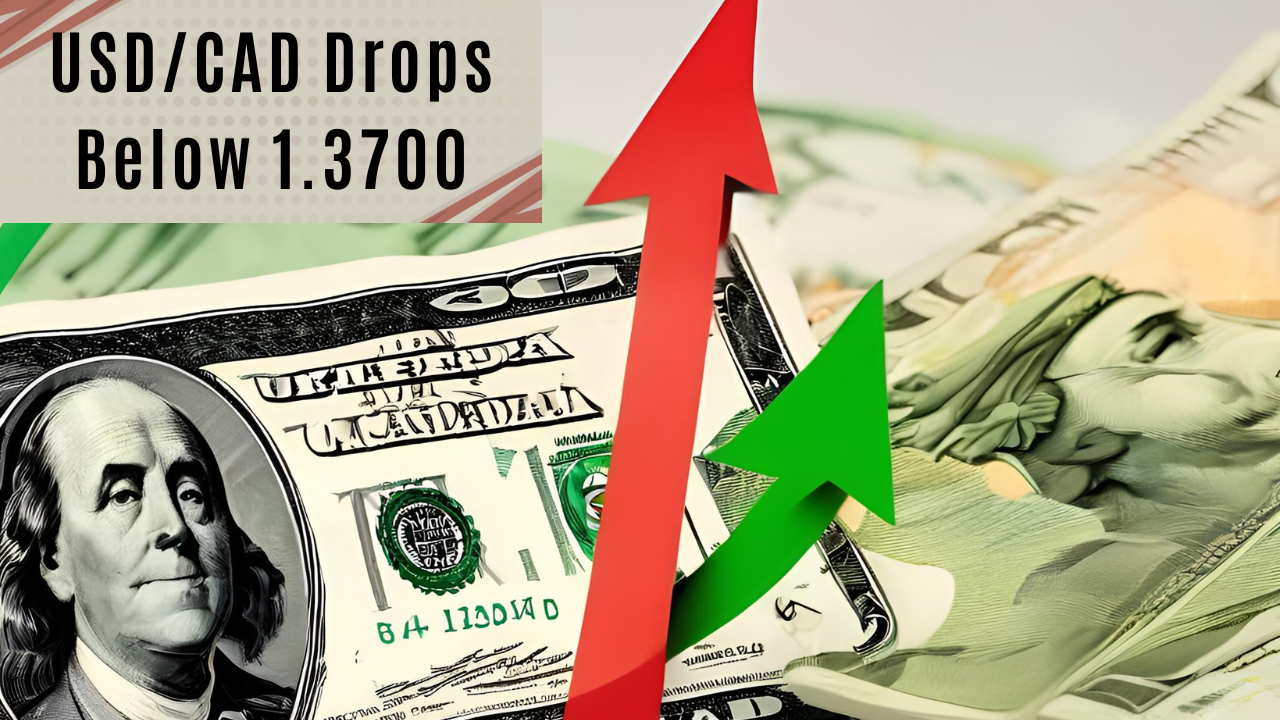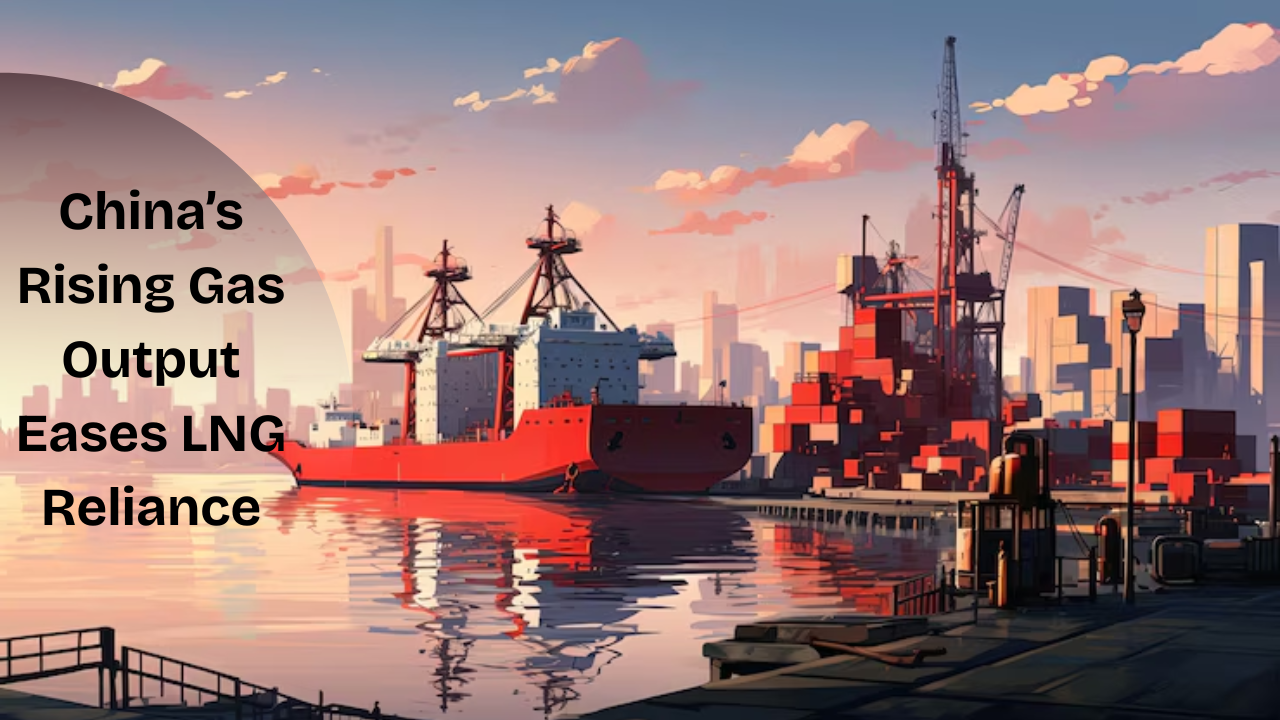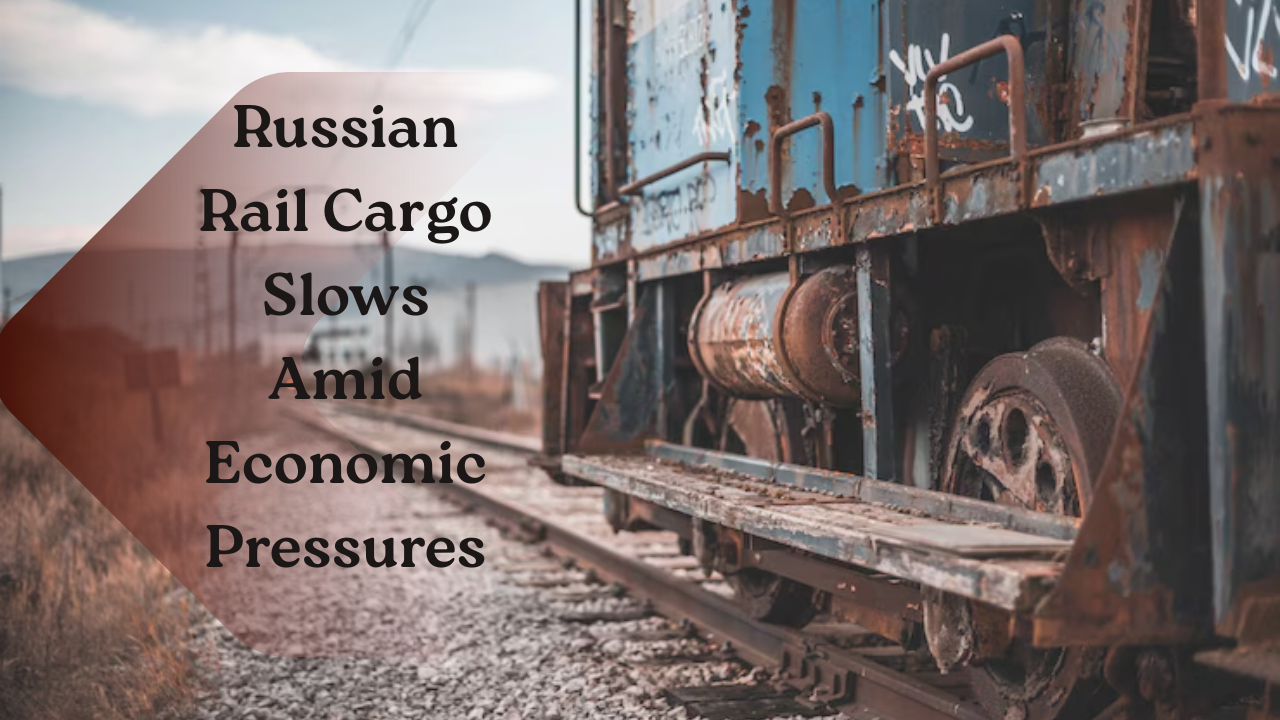
Oil stockpiles are rising fast — both on land and at sea — and that’s setting off alarm bells in the energy market. This buildup suggests oil prices could stay under pressure for a while, especially if the current supply-demand gap keeps widening.
Prices have already slipped to around $65 per barrel, down from about $82 in January. The reasons? A mix of global uncertainty, including trade tensions tied to the U.S., and a surprise decision by OPEC+ to increase oil production.
Interestingly, demand hasn’t collapsed. In fact, the International Energy Agency (IEA) reports that global oil demand grew by nearly 1 million barrels per day (bpd) in the first quarter of 2025 compared to last year. Refining margins also remain solid. But even with demand climbing, it doesn’t seem to be enough to absorb all the supply now hitting the market.
Inventory Data Tells the Story
According to the IEA’s May report, global oil inventories rose for the second month in a row, reaching 7.7 billion barrels in March. While that number is still slightly below the five-year average, the trend is clear — stocks are building up, not shrinking.
The IEA now expects global oil inventories to grow by an average of 720,000 barrels per day this year and by 930,000 bpd in 2026.
That trend is backed by satellite tracking data from the analytics firm Kayrros, which shows onshore oil stocks jumped by over 100 million barrels from mid-April to mid-May. That brings global onshore inventories to 3.127 billion barrels — a level not seen since the height of the COVID-19 pandemic.
One country to watch is China. As the world’s top oil importer, its stockpiles hit a record 1.127 billion barrels in May. That could be part of a strategy to buy cheap oil while prices are low, but even so, it adds to the global surplus.
The Problem at Sea
Another red flag? Floating storage — oil that’s kept in tankers on the water — is also rising. This is typically a last resort because it’s more expensive than land storage. When tankers start backing up, it often means producers can’t find buyers fast enough.
According to Kpler, floating storage of oil held for seven days or more has jumped 14% in the last month, reaching over 160 million barrels — the highest it’s been in two years. That includes 74 million barrels of crude and 86 million barrels of refined products like gasoline and diesel.
A big part of this increase comes from Iran and Russia, which together account for 40 million barrels. Iran’s spike may be tied to recent U.S. sanctions that caused some Chinese buyers to pull back. Russia, on the other hand, is facing price caps that make its oil less attractive on the global market.
What It All Means
This isn’t just a short-term hiccup. If inventories continue to climb while OPEC+ ramps up production, we could be looking at more price drops in the months ahead.
Until demand picks up more meaningfully — or producers start cutting back — the imbalance between supply and demand will likely keep oil prices under pressure.









